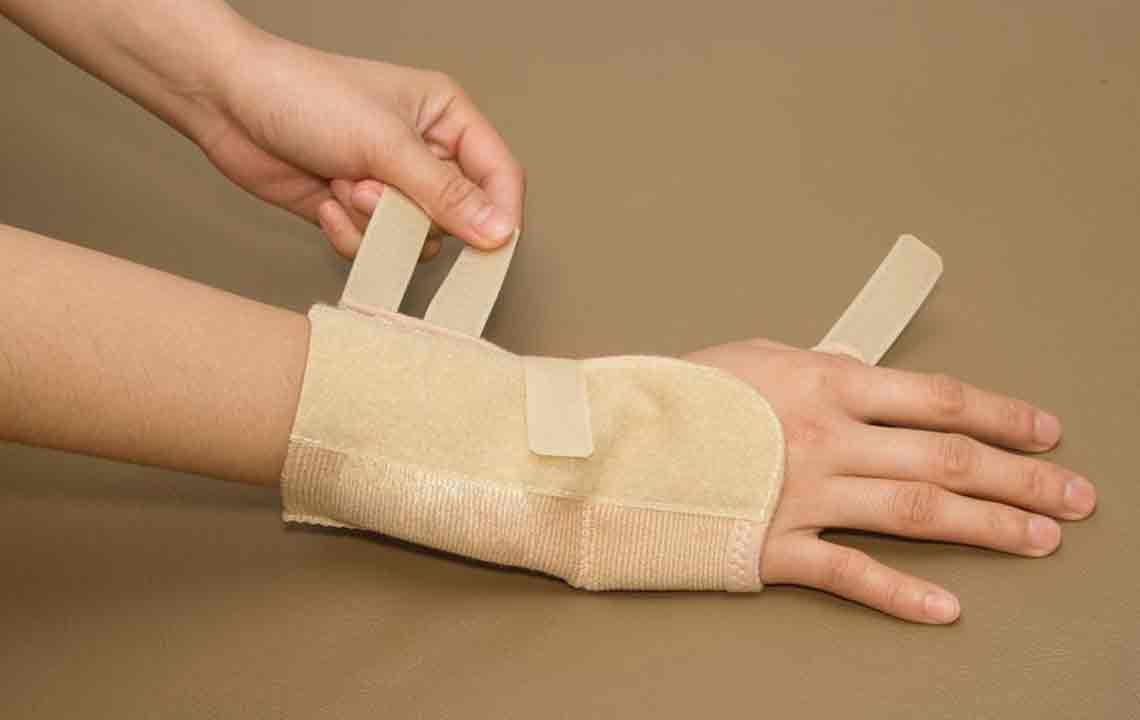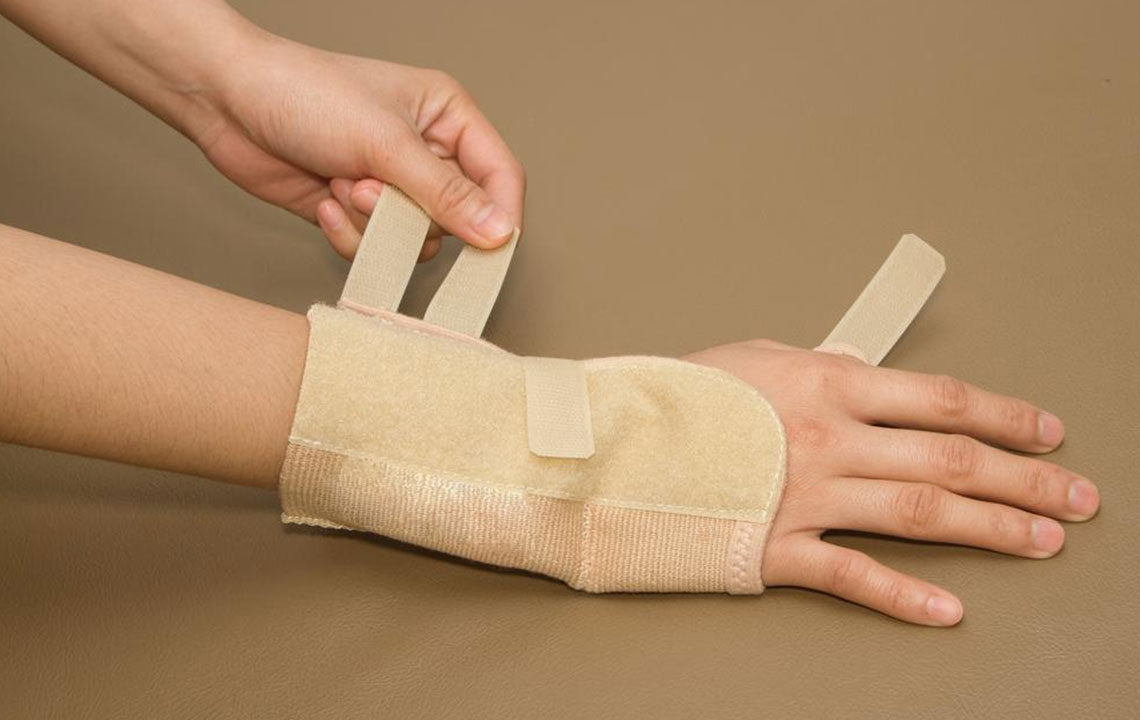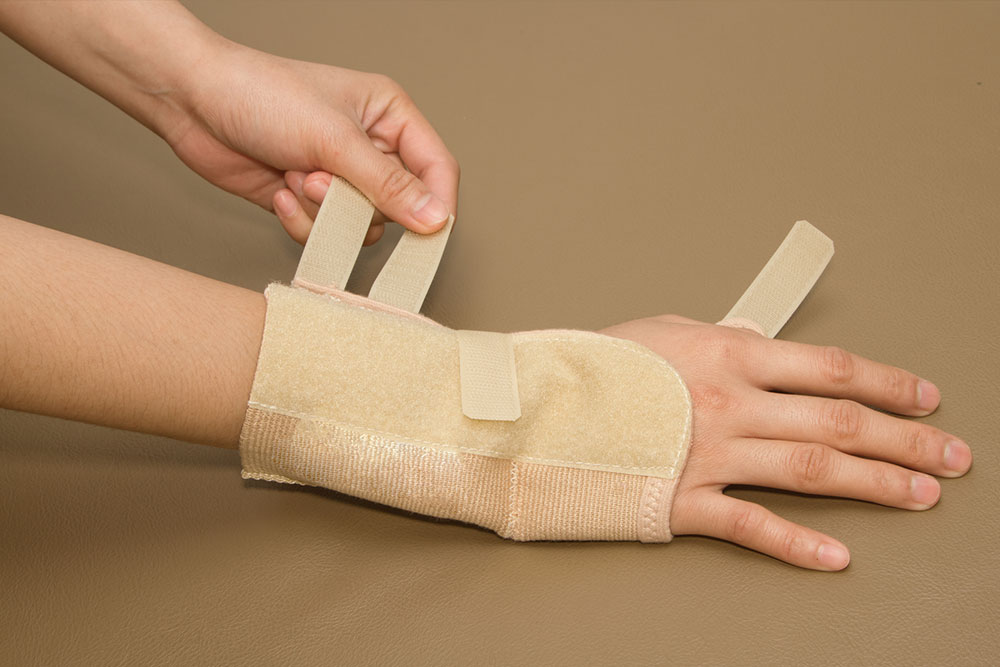Ultimate Guide to Wrist Support Devices: Types, Uses, and How to Choose the Right One
Discover comprehensive insights into wrist support devices, including different types, their uses, and how to select the right one for injury prevention and recovery. Learn about specialized braces for athletes, women, children, and the elderly, and find tips for proper usage and maintenance to ensure optimal wrist health and mobility.

Exploring the Different Types of Wrist Support Devices
The human wrist is a complex and highly mobile joint that bears significant stress throughout daily life. From routine tasks like typing at a computer, lifting heavy objects, pushing or pulling, to more strenuous activities like sports and manual labor, the wrist is constantly under pressure. Over time, this repetitive strain can lead to various issues such as nerve compression, blood flow restrictions, tendinitis, muscle strain, and even chronic instability or joint degeneration. To combat these problems, wrist support devices have become an essential part of injury prevention and rehabilitation strategies.
Wrist supports come in a diverse array of designs and functionalities, tailored to meet different needs, including injury management, pain relief, stability enhancement, and everyday comfort. These devices are especially crucial for athletes, workers, and individuals with pre-existing conditions like carpal tunnel syndrome, rheumatoid arthritis, or weak bone structures. Proper selection and usage of wrist supports can significantly reduce recovery time, prevent further injury, and improve overall wrist strength and functionality.
Choosing the right wrist support device involves understanding various types, their specific functions, and how they align with individual needs. Wrist supports are particularly important for specific populations such as athletes, children, seniors, and individuals recovering from surgery. For children, supports usually require softer, more delicate materials that are gentle on sensitive skin and allow free movement for growth. Elderly users often choose devices that provide stability and relief for conditions associated with weaker bones or degenerative joint issues. Athletes prefer specialized braces that offer ergonomically designed support tailored to their sport-specific movements and impact resistance.
Market options range from simple, soft braces to highly advanced, rigid splints; each designed with different materials and levels of support. Selecting an appropriate support device hinges on factors like the extent of injury or discomfort, the activity level, and personal preferences related to comfort and aesthetics. Proper fitting is crucial—too loose, and it won’t provide adequate support; too tight, and it could restrict circulation or cause discomfort.
Categories and Types of Wrist Support Devices
Understanding the different types of wrist supports available in the market is key to making an informed decision. Here are some of the most common categories:
Muller Fit Wrist Braces: These are among the most popular options for athletes and those recovering from wrist injuries. Designed to fit snugly around the wrist, they often incorporate breathable, steel supports for optimal alignment. These braces are especially effective in managing conditions like carpal tunnel syndrome, tendinitis, or sprains. They are comfortable enough for extended wear and can be used during sports, work, or daily activities.
Support Braces for Women: These supports are tailored to fit women’s typically narrower wrists, providing gentle but comprehensive support. Made from lightweight, soft, and breathable materials, they stress comfort and versatility. They are suitable for individuals prone to wrist strain, repetitive stress injuries, or for use during sleep, typing, or under clothing, offering discreet and effective support.
Adjustable Stabilizing Braces: Designed for customization, these braces come with adjustable straps, hooks, or loops to accommodate different wrist sizes and shapes. They usually feature splint-like structures for enhanced stability and immobilization. Made from latex-free, breathable fabrics, these supports are ideal for recoveries, post-operative use, or situations where tailored compression is necessary. Their adjustability allows users to fine-tune the support level, making them versatile for various conditions.
Universal Breathable Wrist Splints: These one-size-fits-most braces are designed for convenience and ease of use. Typically incorporating metal stabilization components, they are washable and suitable for everyday wear. They offer balanced support for general wrist relief during daily activities, reducing strain from repetitive tasks.
Carpal Tunnel Supports: Specifically engineered for individuals suffering from carpal tunnel syndrome, these heavier-duty braces are designed to limit wrist movement and reduce nerve compression. They typically feature rigid steel or aluminum splints that immobilize the wrist while allowing finger mobility. Due to their specialized function, they tend to be more expensive but offer significant relief and support during flare-ups or chronic conditions.
Additional considerations when choosing a wrist support include the support’s placement (left or right wrist), material breathability, ease of use, and whether it is suitable for the activity or injury at hand. Quick-fix models are convenient for immediate support, while more complex braces are designed for long-term use during recovery or intense activities. Selecting the correct support device enhances effectiveness, comfort, and compliance with wearing recommendations.
How to Properly Use and Maintain Wrist Supports
Proper usage of wrist supports is essential for maximizing benefits and minimizing the risk of further injury. Always ensure the brace fits snugly but isn’t too tight to restrict blood flow. It should provide adequate compression and stability without causing discomfort or numbness. Follow manufacturer instructions regarding placement, wearing duration, and cleaning protocols. Most supports are washable; hand washing with mild soap and air drying are recommended to preserve elasticity and hygiene.
For athletes and active users, it is advisable to wear wrist supports during high-impact sports or repetitive movements to prevent injury. During recovery, support devices should be used as directed by a healthcare professional. Regularly inspect supports for signs of wear or damage, and replace them if necessary to maintain optimal support levels.
The Benefits of Using Wrist Support Devices
Wrist supports play a vital role in injury prevention and management. They help stabilize the wrist joint, reduce pain, and prevent further tissue damage. Supports also enable individuals with wrist conditions to regain confidence and perform daily activities without fear of aggravating their injury. For athletes, wrist supports improve stability during sports, reduce fatigue during repetitive movements, and accelerate recovery after injuries or surgeries. Moreover, these devices contribute to ergonomic health when used correctly, promoting proper wrist alignment and reducing strain in occupational settings.
In conclusion, selecting the appropriate wrist support device depends on individual needs, activity level, and specific conditions. Whether for injury management, daily support, or sport performance enhancement, understanding the various types and features ensures effective and comfortable usage. Proper use and maintenance of wrist supports can significantly improve wrist health, prevent injuries, and support a quicker recovery process.




